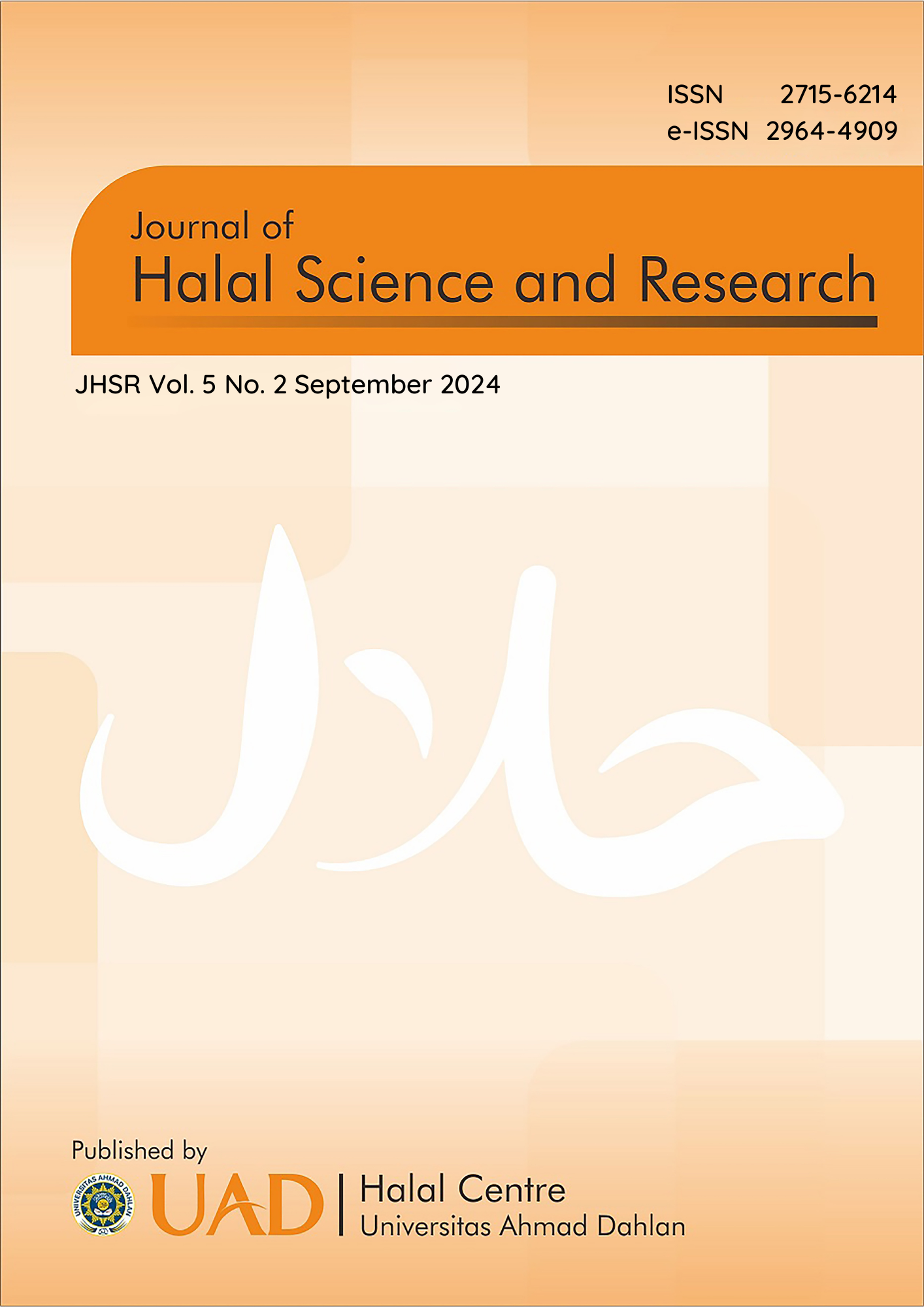Analysis of the effect of fermentation duration on the organoleptic properties of dried cocoa beans (Theobroma cacao L.) at Nglanggeran Agricultural Technology Park
DOI:
https://doi.org/10.12928/jhsr.v5i2.9957Abstract
The post-harvest process of cocoa fruits includes fruit harvesting, cracking, wet bean sorting, fermentation, drying, dry bean sorting, and packaging. One of the post-harvest processes that significantly affects the quality of cocoa beans is fermentation. The fermentation process, facilitated by acetic acid and lactic acid bacteria, aims to reduce moisture content, enhance aroma and flavor, and improve the quality of cocoa beans. Acetic acid bacteria, such as Acetobacter and Gluconobacter, contribute to acetic acid production, giving cocoa beans their characteristic flavor. These bacteria convert alcohol into acetic acid, a process crucial for developing the beans' flavor. On the other hand, lactic acid bacteria, like Lactobacillus and Pediococcus, play a role in the breakdown of complex compounds, enhancing the aroma. These bacteria produce lactic acid, which contributes to the beans' aroma. One factor that influences the success of cocoa fruit fermentation is the duration of fermentation. The optimal fermentation time for cocoa fruits is 5 – 6 days. If it is less or exceeds the optimal time, the fermentation of cocoa fruits will not be perfect. The duration of cocoa fruit fermentation has been proven to affect the aroma, taste, texture, and color of dried cocoa beans.
Keywords: Cocoa, Fermentation, Post-harvest process of cocoa, Organoleptic
Downloads
Published
Issue
Section
License
Copyright (c) 2024 Universitas Ahmad Dahlan

This work is licensed under a Creative Commons Attribution-NonCommercial-ShareAlike 4.0 International License.
Authors who publish with JHSR (Journal of Halal Science and Research) agree to the following terms:
1. Authors retain the copyright and grant Universitas Ahmad Dahlan right of first publication with the work simultaneously licensed under a Creative Commons Attribution-NonCommercial-ShareAlike 4.0 License (CC BY-NC-SA 4.0) that allows others to share (copy and redistribute the material in any medium or format) and adapt (remix, transform, and build upon the material) the work for any purpose, even commercially with an acknowledgement of the work's authorship and initial publication in Universitas Ahmad Dahlan.
2. Authors are able to enter into separate, additional contractual arrangements for the non-exclusive distribution of the journal's published version of the work (e.g., post it to an institutional repository or publish it in a book), with an acknowledgement of its initial publication in Universitas Ahmad Dahlan.
3. Authors are permitted and encouraged to post their work online (e.g., in institutional repositories or on their website) prior to and during the submission process, as it can lead to productive exchanges, as well as earlier and greater citation of published work (See The Effect of Open Access).

This work is licensed under a Creative Commons Attribution-NonCommercial-ShareAlike 4.0 International License.




